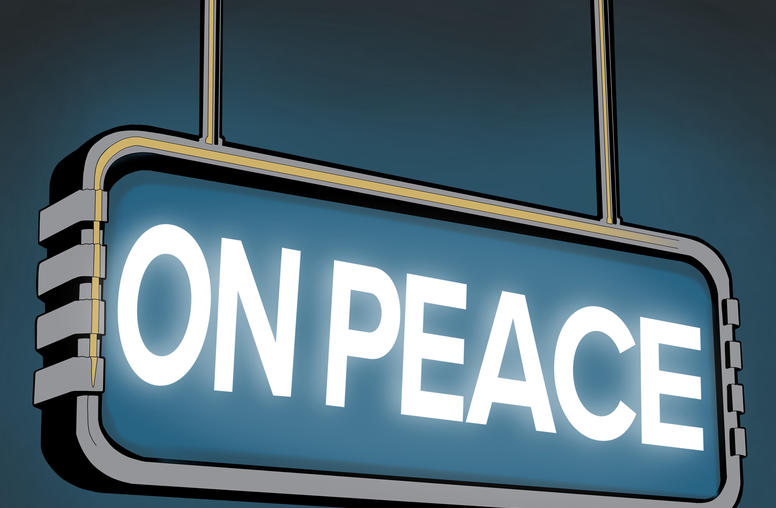The Go-Between
Jan Eliasson and the Styles of Mediation
This volume explores international mediation through the lens of Ambassador Jan Eliasson, an international go-between with a remarkable track record. The authors draw lessons for the peacemaking process from their examination of how Eliasson entered, prepared, pursued, and finally ended his mediation efforts.
“A valuable contribution to the literature on mediation and conflict resolution. The authors successfully bridge the gap between theory and practice, drawing heavily on Ambassador Eliasson’s diaries and on their own academic and more theoretical background in relating the exercises to one another.”
—Teresita C. Schaffer, director, South Asia Program, Center for Strategic and International Studies, and former U.S. ambassador to Sri Lanka
Success in international mediation hinges on the skill, style, and methods of the mediator. This volume explores international mediation through the lens of Ambassador Jan Eliasson, an international go-between with a remarkable track record.
Authors Svensson and Wallensteen contend that international mediators’ styles vary in four dimensions—scope, method, mode, and focus—and that the mandate mediators receive strongly determines the style they adopt. The authors draw lessons for the peacemaking process from their examination of how Eliasson entered, prepared, pursued, and finally ended his mediation efforts.
Svensson and Wallensteen evaluate Eliasson’s role in six cases: two missions on the Iran-Iraq conflict; two cases of humanitarian diplomacy, in Burma/Myanmar and in Sudan; and two cases of internal armed conflicts, in Nagorno-Karabakh and in Darfur. Analyzing the role of the mediator in each of these instances offers insight into the constraints mediators face and outcomes they may achieve in other scenarios. The authors conclude with ten implications for mediation research and practice.
As a special feature of this volume, the authors incorporate excerpts from extensive interviews and diary entries from Jan Eliasson on his mediation experiences.
Isak Svensson is an associate professor in the department of Peace and Conflict Research at Sweden's Uppsala University and the author of many publications on mediation and peace negotiations.
Peter Wallensteen is the Dag Hammerskjold Professor of Peace and Conflict Research at Sweden's Uppsala University and on the faculty of the University of Notre Dame's Kroc Institute for international Peace Studies. He is the author of many titles, including Understanding Conflict Resolution.



